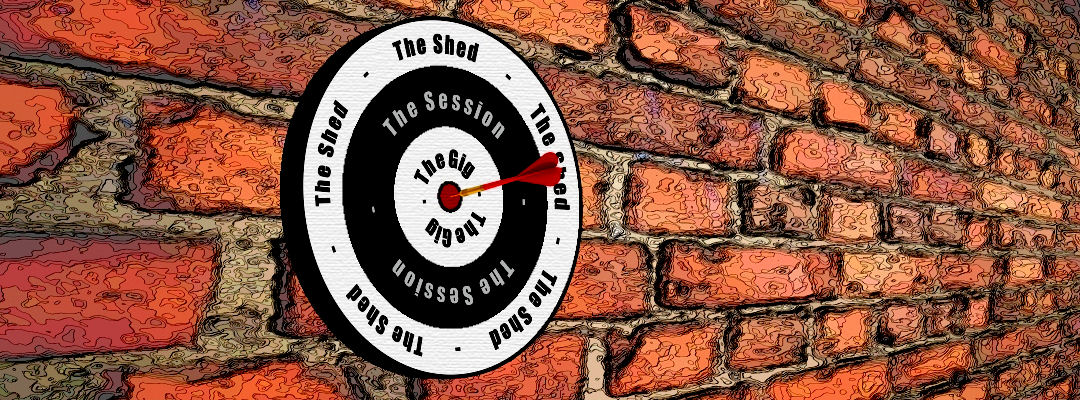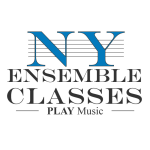
– Hal Crook
There are so many obstacles we confront as students of music. In jazz it’s expected to have a deep understanding of harmony, be able to play all tempos, be fluent in various styles, have a large repertoire, etc. With so much to learn, practice, and incorporate into our playing it’s typical for students to feel overwhelmed. It’s so easy to make excuses as to why we’re not practicing, principally, there’s never enough time. Through my own experience as both a student and teacher I find that most music students are undisciplined in their practice habits and are also inefficient in using their practice time. When I discuss a practice regiment I think about what I call The Trifecta, which is a three tiered approach to everyday practice. The elements that compose the Trifecta are solitary practice time, or the shed, jam session/group practice time, or the session, and finally performing for an audience, the gig. Before we delve into these more in depth I want to note that every student and musician has unique issues related to their practice routine and what issues need to be addressed in the students practice.
The Shed:
Individual practice is vital. A mastery of playing ones instrument is an essential qualification in jazz (thanks Bird and Diz for that!). I recommend setting a daily practice routine that highlights achievable goals over several periods of time – day, month. 6 month, year. Create a simple log of 5-10 areas that you want to improve and based on your needs, assign an amount of time solely dedicated to that topic. Here’s a sample list from my old practice logs:
Sight Reading – 10min
Technique – 15min
Repertoire -30min
Ear Training – 15min
Odd Meter -10min
Piano -10 min
So here I have an hour and a half broken down into small chunks that I can work on throughout the day and check off as I complete them. You will find that by spending a smaller amount of more focused time on one topic than spreading yourself out across many topics, you will have more substantial and longer lasting positive impact in your playing. Another benefit to this model is that I can spread out these small chunks of time throughout my day. If I have an hour break I can knock out a longer section, or I can plan to get up 10 minutes early and complete a shorter one before starting my day.
The Session:
I hate the typical club jam session. For me, it’s a waste of time but we can get into that later. What is incredibly worthwhile is setting up a jam session or rehearsal session with friends and colleagues. The point of the jam session is to be the mediary between the practice room and a performance. You should be looking to utilize specific things you’ve been spending all that time in the shed working on. Call tunes from your new repertoire list, throw in some licks from your recent transcription, try that diminished approach on a dominant you’ve been working on. All of that is valid but an equally important part of the jam session is the comradery between musicians. This is a great opportunity to pick their brains about not only their approach and what they have been working on but also to get a reality check about your own playing. Ask questions about some of those things you tried out- hey when I went to a two feel on your second chorus was that what you wanted? Did you like it? What would have been a better solution? Then you can take this info with you back to the shed and reshape some of your focus.
The Gig:
The big day is finally here, you booked a gig and since you’re a jazz musician your mom and girlfriend will most likely be the only ones in attendance (Joking…kind of) but of course you still want to impress. Besides you’ve been spending all that time in the shed and you and your band have been playing sessions and rehearsals to get ready. However the stakes are now raised, there are butterflies in your stomach, and you’re praying that you remember the bridge to stablemates. What is there to be learned at this point other than working on your stage fright? Well for one, you can finally get an audiences response to your playing. The whole point of doing what we do as musicians is interacting with an audience and taking them on some kind of journey. Besides learning what works for an audience it’s equally important to learn what does not. Record your performances and try to listen as an audience member as well as a musician. Try to record yourself as much as possible, it’s the only way you can remove yourself enough from the performance to accurately judge yourself. Listen for the things in your playing that you have been working on and determine whether or not you feel like you have mastered it. If not, take it back to the shed and the cycle starts again!
_________
NY Ensemble Classes is a music school located in New York City, in the heart of Manhattan. We teach jazz workshops in a very special way, like no one else in the city, read more!






